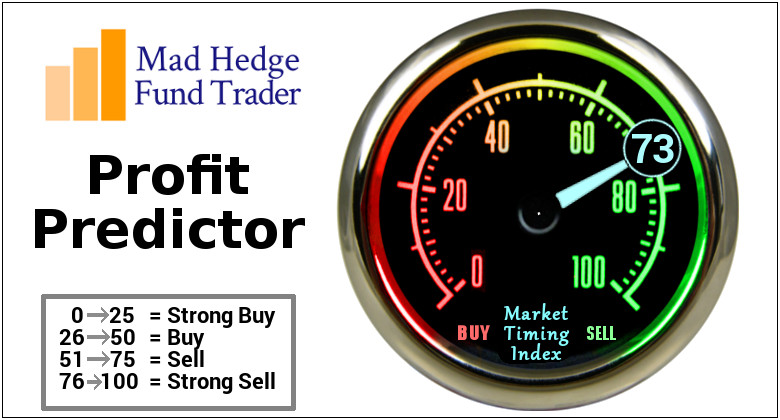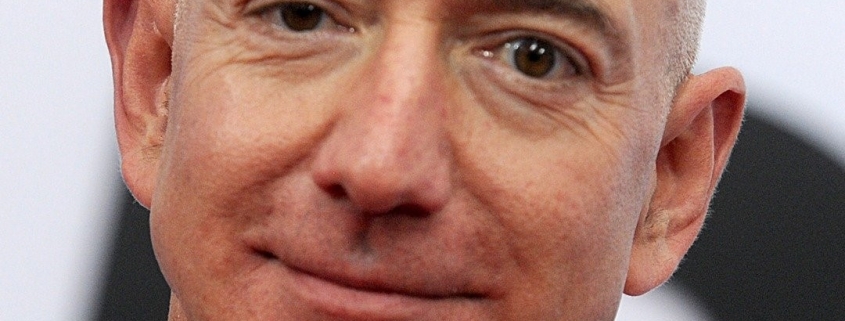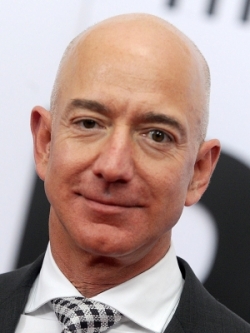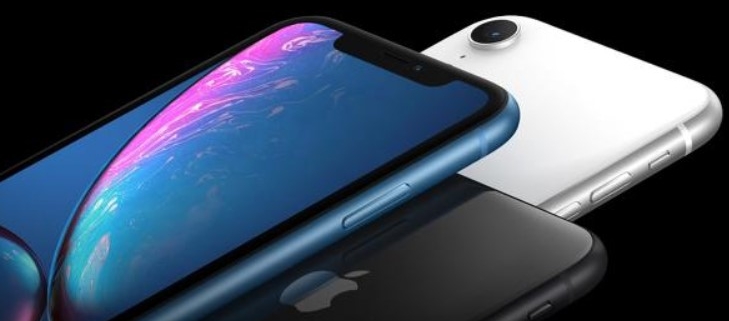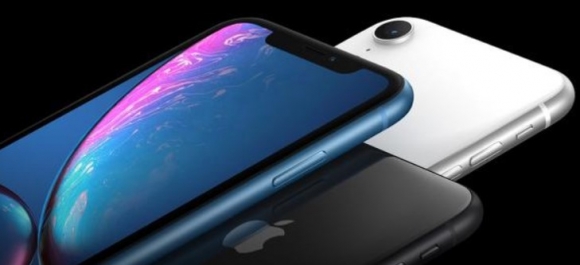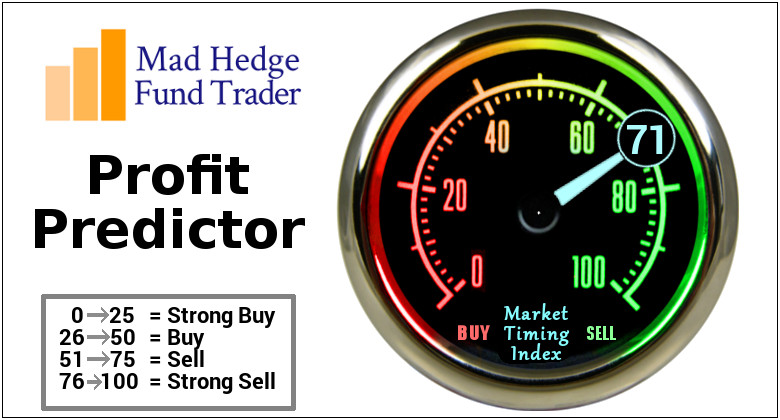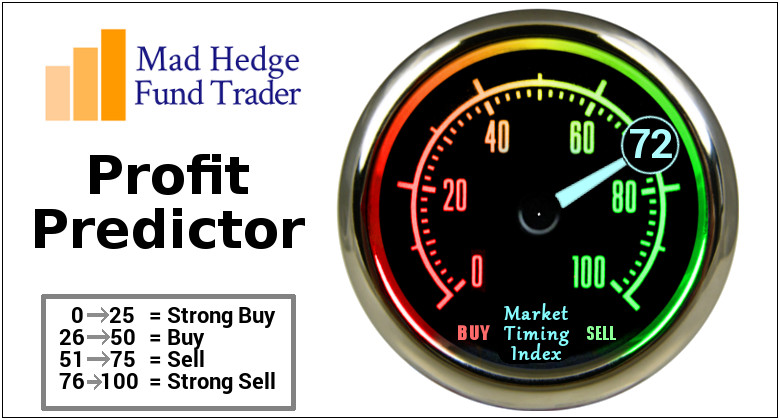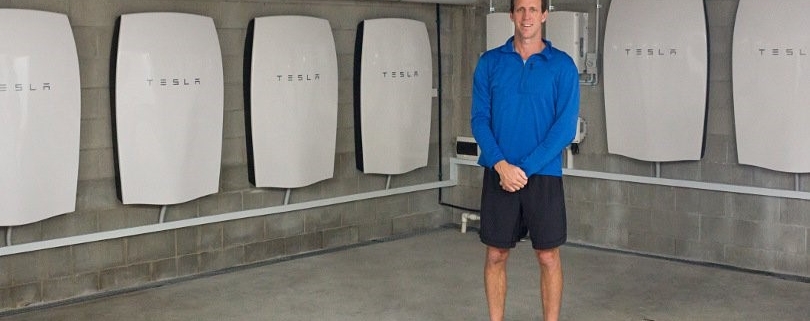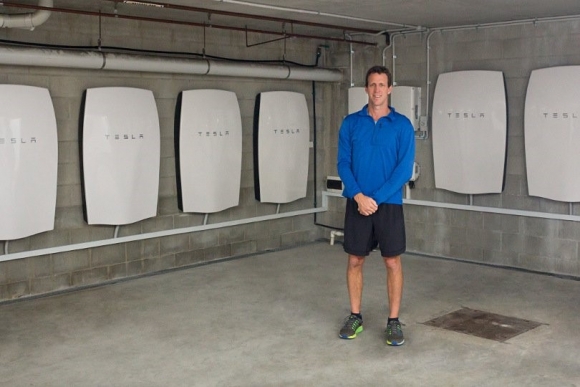Global Market Comments
September 17, 2018
Fiat Lux
Featured Trade:
(THE MARKET OUTLOOK FOR THE WEEK AHEAD),
(AAPL), (CBS), (EEM), (BABA), (UUP), (MSFT), (VIX), (VXX), (TLT),
(TUESDAY, OCTOBER 16, 2018, MIAMI, FL, GLOBAL STRATEGY LUNCHEON)
Talking to hedge fund managers, financial advisors, and portfolio managers around the country de-risking seems to be the name of the game. It’s like they expect a category five hurricane to hit the markets tomorrow.
Even my friend, hedge fund legend David Tepper, says that the stock market is fairly valued and that he is cutting back his equity exposure. However, he is hanging onto his position in Micron Technology (MU), which he believes is deeply oversold. Will the last person to leave Dodge please turn out the lights?
You can expect a real hurricane, Florence, to impact the coming economic data. The usual pattern is for GDP growth to take an initial hit when the big storms hit, and then make back more as reconstruction and government spending kicks in. The scary thing is that there are three more hurricanes on the way.
The big event of the week was Apple’s (AAPL) roll out of its new product line, which will beat the daylights out of competitors. Think better and more expensive across the board, with the top iPhone now costing an eye-popping $1,499.
If you are Life Alert, the private company that sells safety devices to seniors, Apple just ate your lunch. Welcome to the cutthroat world of technology investing.
The drama at CBS (CBS) played out with the departure of CEO Les Moonves. He basically generated virtually all the profits for the company for the past two decades. But in this modern age not keeping your zipper zipped carries a heavy price.
A happier departure was seen by Alibaba’s (BABA) Jack Ma, China’s richest man to focus on philanthropic activity.
Emerging markets (EEM) continued their relentless meltdown, only given a brief respite by profit taking in the U.S. dollar (UUP) on Friday.
A coming strike by the United Steelworkers may mark the onset of new wage demands by labor nationwide. In the meantime, the JOLTS report hit a new all-time high with 650,000 job openings.
For the final “screw you” of the week, Trump indicated he was going forward with tariffs on another $200 billion in Chinese imports. Consumer goods will dominate the new black list in the lead up to the Christmas shopping season. Beat the Grinch and shop early!
With the Mad Hedge Market Timing Index ranging from 50 to 78 last week the market keeps trying and failing to reach new all-time highs on small volume. Volatility (VIX) hit a one-month low.
Thank goodness I took profits on my iPath S&P 500 VIX Short Term Futures ETN (VXX) long. The January $40 call options have cratered from $3.60 to only $1.96. Still, there was enough price action to allow us to take nice profits on our bond short (TLT) and Microsoft (MSFT) long. Microsoft was the top-performing Dow stock last and we got in early!
Last week, the performance of the Mad Hedge Fund Trader Alert Service forged a new all-time high. September has given us a middling return of 2.42%. My 2018 year-to-date performance has clawed its way back up to 29.43% and my trailing one-year return stands at 41.35%.
My nine-year return appreciated to 305.90%. The average annualized Return stands at 34.65%. The more narrowly focused Mad Hedge Technology Fund Trade Alert performance is annualizing now at an impressive 29.41%. I hope you all feel like you’re getting your money’s worth.
This coming week is pretty flaccid in terms of economic data releases.
On Monday, September 17, at 8:30 AM, we learn the August Empire State Manufacturing Survey.
On Tuesday, September 18, at 10:00 AM, the National Association of Homebuilders Home Price Index is released. August Home Sales is out at 10:00 AM EST.
On Wednesday September 19, at 8:30 AM, the August Housing Starts is published.
Thursday, September 20 leads with the Weekly Jobless Claims at 8:30 AM EST, which dropped 1,000 last week to 204,000.
On Friday, September 21, at 8:30 AM, we learn August Retail Sales. The Baker Hughes Rig Count is announced at 1:00 PM EST. Last week saw a gain of 7.
As for me, the harvest season in nearby Napa Valley is now in full swing, so I’ll be making the rounds picking up my various wine club memberships. Screaming Eagle check, Duckhorn check, Chalk Hill check.
Good luck and good trading.
Mad Hedge Technology Letter
September 17, 2018
Fiat Lux
Featured Trade:
(APPLE RAMPS UP ITS GAME),
(AAPL)
“When the stock goes up 30% in a month don’t think you’re 30% smarter, because when it falls 30% in a month you’ll look 30% dumber,” said Amazon founder Jeff Bezos, the world’s richest man.
A steady hand on the tiller – that was the key takeaway from the recent Apple release event that saw updated iPhone models poised to hit stores in October.
There was nothing of substance to steal the show or radical revelations awing the patient neutral, but that is how Apple CEO Tim Cook likes it.
iPhone XS, iPhone XS Max and iPhone XR were conveniently named after their predecessor the iPhone X.
These smartphones are of the same ilk but in a refreshed way.
The iPhone XR is the lower-grade version of the three, but shares many of the same specs as the superior versions.
This version could be the model that lures in Apple lovers that avoided upgrading last cycle, because the inner workings are similar enough and the look is premium enough, but hundreds of dollars cheaper than the XS and XS Max models.
Check, check, and check.
I wouldn’t label it an “entry level” smartphone, but it hits all the right notes for iPhone fans that can’t cough up the big bucks for the higher-priced products.
The phone’s price tag has been a lingering concern especially in the emerging world.
Apple smartly widened the range of premium phone prices to the lower and higher range - the net effect will be a moderate bump in the all-critical average selling price (ASP), which is a huge winner in all of this.
At the top end of the range, the iPhone XS Max with 512 GB of memory will command a hefty $1,449.
This is the priciest iPhone ever made.
Larger screen sizes in the 6.5" XS Max and 6.1" XR will appeal to their fan base driving additional incremental business to the company that Steve Jobs left his indelible mark on as well.
The covert winner in all of this is Apple’s share price.
Apple’s share price is notorious for being slashed and burned before their new iPhone release events and the run up to earnings season.
The lack of apocalyptic behavior in its recent share price surely has the bulls rejoicing.
Basically, these new iPhone models aren’t worrying Apple investors even one scintilla.
Apple going forward is not betting the ranch on hardware anymore and investors have approved in spades.
Last quarter’s earnings report highlighted the Teflon nature of Apple’s iPhone demand by proving to investors that Apple could successfully sell smartphones over $1,000.
The seminal shift breaking psychological price barriers is indicative of Apple’s relentless pursuit to produce the best phone in the world.
This perpetual chase has seen the company almost surpass the $1,500 price tag this time around and will smash this price point next time around.
The strength in recent Apple price action wholeheartedly signifies that Apple is a software and service company now and not a hardware company.
Apple was able to make the transformation with grace and elegance and avoiding any damaging blowups.
Apple is on pace to double services revenue to $15 billion per quarter by 2020 creating a $60 billion per year revenue beast of a division.
The software and services are where all the high margin activity is migrating in Apple’s ecosystem.
I have incessantly urged readers to stay with the highest quality tech companies that continue to unlock value at a breathtaking pace, especially amid a precarious backdrop of global trade spats and brutal competition.
Investors are migrating up the value chain storing their hard-earned capital in the best of tech as the weak hands are flushed out by the regulation and global trade police.
Apple is one of these companies with a dazzling portfolio of products.
Their steady march upward in quality is confirmed by products such as the Apple Watch Series 4.
Wearables have become a strength of Apple’s product line after botching the initial debut.
The new watch is redesigned, sleek, and mesmerizingly beautiful.
The display is more than 30% larger than its old design and offers flawless software functionality.
Apple’s shift into health is partly driven by monetizing its watch and other wearables.
Apple hopes its watch can be a natural part of sportsmen and sportswomen’s lives.
If Apple’s watch can be your lovable sports companion going forward, then an entire new avenue of revenue can break ground and be redistributed to shareholders.
The Cupertino company packed a ton of heat into this sensational device. It is a big reason why industry insiders believe that half of the 43.5 million smartwatches expected to be sold in 2018 will come from Apple.
Google's Wear OS lags distantly behind with a forecasted 12% market share, and it will be tough going to compete with Apple in this space.
Not only is the watch’s screen bigger, the speakers are also 50% louder.
The larger screen will allow users up to eight shortcuts on the screen for apps.
Apple also noted that the watch’s battery life will last 18 hours with an outdoor workout time of six hours.
Another groundbreaking feature is the ability to take electrocardiograms (ECG) reaffirming Apple’s pivot into the health sector through their shimmering new watch.
According to Apple, this revolutionary feature is the first time an (ECG) product has been available to retail consumers.
To admire the full beauty of this scintillating watch, click here to watch a video.
Earlier this year, Apple CFO Luca Maestri told the Financial Times that wearables in the past year have experienced a “60% growth in revenue terms. Adding up the last four quarters, wearables revenue now exceeds $10 billion.”
Apple’s wearables are classified under “other products” and include AirPods, Watch, Beats, and the HomePod.
Watch this division to continue its robust performance going forward.
In a nod to the emerging markets, Apple decided to introduce its first dual sim card inside the new iPhone models.
One of the slots will be an “eSIM” slot – a nascent technology that hasn’t been widely adopted yet.
For all the newbies unsure of what an eSIM card is - “Electronic SIM card” removes the hassle of poking a paperclip through your sim tray to switch out your sim card, which is a little smaller than your pinkie finger nail.
Rather, eSIM cards only need a compatible network requiring support, and it bypassed the need for a physical sim card and sim card tray altogether.
This move could syphon off even more revenue for phone network carriers if the eSIM technology mushrooms.
Apple will be the gatekeeper of the eSIM tech since it will have total control over it, even opening up the possibility to rotate between more than two carriers in the future if a physical sim card is not needed.
This could pave the way for Apple to get rid of the sim card slot entirely for the next iPhone iteration and use the space to develop something even better.
Technological innovation requires bold moves, to which Apple is no stranger.
In fact, only 10 countries currently support eSIM technology - Austria, Canada, Croatia, the Czech Republic, Germany, Hungary, India, Spain, the UK, and the U.S.
Demonstrating that dual sim cards are a way of life in the emerging world is data showing that 98% of Indian smartphones come with embedded dual sim card functionality, 92% in the Philippines, 90% in China, 77% in Indonesia, and just 4% in the U.S. in the third quarter of 2017 to the second quarter of 2018.
The ease of swapping in and out contract less sim cards is useful for any digital nomad. Buy a sim card for a few dollars at the airport, activate it, and you’re on your merry way.
In another nod to the Chinese customer, Apple will forgo the eSIM technology entirely and stick with the physical dual tray, allowing mainland Apple fans to physically implant two sim cards at one time.
Whether enhancing the phone, recreating its beloved watch, or rolling out audacious new technologies – Apple is satisfying all the naysayers.
It’s no wonder this company is a buy on the dip and hold to eternity stock.
Still Doing What They Do Best
Apple’s Health Pivot Via the Watch
________________________________________________________________________________________________
Quote of the Day
“Price is rarely the most important thing. A cheap product might sell some units. Somebody gets it home and they feel great when they pay the money, but then they get it home and use it and the joy is gone,” said Apple CEO Tim Cook.
Mad Hedge Hot Tips
September 14, 2018
Fiat Lux
The Five Most Important Things That Happened Today
(and what to do about them)
1) We Nailed it With Microsoft (MSFT). Took profits on my long and will double up on the next dip. The stock has another double in it. Clocking a $1,033 gain in 12 days works for me! Click here.
2) Retail Sales Rose by only 0.1% in August, the lowest in six months. Looks like they spent a lot in July but no so much in August. Another nail in the recovery’s coffin, but it will take another thousand like this to call the next recession. Have they run out of money? Click here.
3) Ten-Year Treasury Yields Hit 3.0%, and the banks could care less when they are supposed to rise. Both a September and December 25 basis point rate hikes are now in the can, and March has risen to a 50% probability. Click here.
4) Stocks Open Up Slightly, with trade wars still a major overhang. No one wants to stay long over a weekend in this world, and risk is high. It’s all about Hurricane Florence today anyway. Click here.
5) Target to Hire 120,000 for the Christmas Rush. And you thought the lines were bad now! Call it “Peak Christmas,” and maybe they won’t hack my credit card this time. Click here.
Published today in the Mad Hedge Global Trading Dispatch:
(SOME GOOD NEWS FROM TESLA), (TSLA),
(SOME SAGE ADVICE ABOUT ASSET ALLOCATION)
When John identifies a strategic exit point, he will send you an alert with specific trade information as to what security to sell, when to sell it, and at what price. Most often, it will be to TAKE PROFITS, but, on rare occasions, it will be to exercise a STOP LOSS at a predetermined price to adhere to strict risk management discipline. Read more
While the Diary of a Mad Hedge Fund Trader focuses on investment over a one week to six-month time frame, Mad Day Trader, provided by Bill Davis, will exploit money-making opportunities over a brief ten minute to three day window. It is ideally suited for day traders, but can also be used by long-term investors to improve market timing for entry and exit points. Read more
Global Market Comments
September 14, 2018
Fiat Lux
Featured Trade:
(SOME GOOD NEWS FROM TESLA), (TSLA),
(SOME SAGE ADVICE ABOUT ASSET ALLOCATION)
I’ll give you a chance to pick yourself off the floor first.
While the media focus seems to be overwhelmingly on problems with the Tesla 3 (TSLA) production these days, the fact is that some of the company’s other business lines are growing like gangbusters.
Orders for the groundbreaking Tesla Powerwall were up an eye-popping 450% during the first half of 2018. This device costs $5,800 ($4,060 after the federal alternative investment tax credit) and can store enough power to run your house for three days. When integrated with your solar rooftop array the combined system allows you to reap a greater return from your alternative energy investment.
Tesla could sell more Powerwalls but is constrained by lithium ion battery supplies from its Sparks, Nevada, Gigafactory. Doubling the world’s lithium ion battery supply in one shot, Tesla is already shopping for a location for a second Gigafactory.
As the company made ramping up Tesla 3 production to 100,000 units this year its top priority, the car has first call on battery supplies.
Tesla has also recently completed several utility-sized battery projects that have consumed lithium ion supplies, including those in Australia, Moss Landing, California, for PG&E, and for Green Mountain Energy in Vermont.
This means that Tesla has already carved out a dominant position in a market that is expected to grow by tenfold over the next five years. GTM Research estimated that sales of energy storage products in the U.S. will soar from $541 million in 2018 to $1 billion in 2019 and $4.6 billion by 2013.
It is developing into a global market. The U.S. only accounts for 30% of the global battery storage market, with energy poor Japan and South Korea holding major shares.
Tesla competitors include Florida-based NextEra Energy in America, E.on in Germany, and Fluence, a joint venture between Siemens and AES, also from Germany. Germany seems to be the place where green energy philosophies and top-rate engineering meet.
It’s impossible to see how much the battery business is contributing to Tesla’s overall bottom line as it does not break out earnings separately. They are subsumed within a Tesla division that once comprised Solar City, which Tesla took over in 2016. Running two businesses off a single lithium ion supply was a stroke of genius, permitting vertical integration and vast economies of scale.
However, Tesla’s solar business saw revenues rise by 56.7% to $784 million over the year-earlier period. Selling a product with exponential demand but limited supply is a good place to be in.
It is puzzling to see so much media attention paid to a company with a market capitalization of only $50 billion. Last week, the controversial firm soaked up perhaps a quarter of all financial reporting coverage.
But when you add up all of the industries that Tesla is radically disrupting, such as autos, the oil industry, the dealer local network, local power utilities, and advertising, it comes close to 25% of U.S. GDP.
If I had just taken the online payments system, auto, rocket, solar, and the battery industries a decade into the future and made $30 billion for myself along the way, I’d probably be smoking a joint, too.
And Elon is only 47. It makes you wonder what you’ve been doing with all your free time.
Send Me Another Half Dozen
Legal Disclaimer
There is a very high degree of risk involved in trading. Past results are not indicative of future returns. MadHedgeFundTrader.com and all individuals affiliated with this site assume no responsibilities for your trading and investment results. The indicators, strategies, columns, articles and all other features are for educational purposes only and should not be construed as investment advice. Information for futures trading observations are obtained from sources believed to be reliable, but we do not warrant its completeness or accuracy, or warrant any results from the use of the information. Your use of the trading observations is entirely at your own risk and it is your sole responsibility to evaluate the accuracy, completeness and usefulness of the information. You must assess the risk of any trade with your broker and make your own independent decisions regarding any securities mentioned herein. Affiliates of MadHedgeFundTrader.com may have a position or effect transactions in the securities described herein (or options thereon) and/or otherwise employ trading strategies that may be consistent or inconsistent with the provided strategies.

